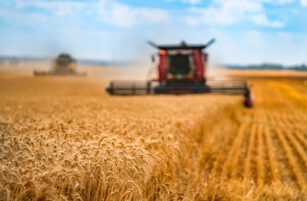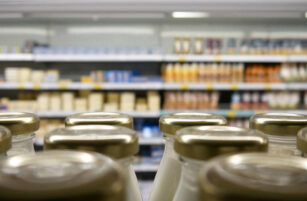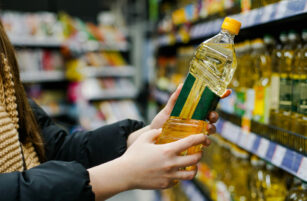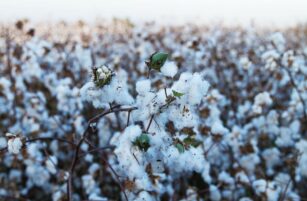Featured & latest

What are Seed Oils?
Insight Focus Seed oils are grown, processed and consumed all over the world. Different types of seeds flourish in different conditions and uses can vary, but they all tend to…
All Articles

Conceptos básicos sobre el sorgo
Enfoque de la Información El sorgo es un cultivo antiguo,...

Os princípios básicos do sorgo
Pontos Principais O sorgo é uma cultura antiga, mas cada ...

The Basics of Sorghum
Insight Focus Sorghum is an ancient crop, but more and more uses...

乳制品交易策略:构建基差套期保值
洞察焦点 巴西奶粉价格与全球市场的相关性有限...

Estratégias de comércio de laticínios: Construindo uma cobertura básica
Pontos Principais Os preços do leite em pó brasile...

Dairy Trading Strategies: Constructing a Basis Hedge
Insight Focus Brazilian milk powder prices show limited correlat...

What are Seed Oils?
Insight Focus Seed oils are grown, processed and consumed all over the...

Um Guia para Iniciantes em Algodão
A produção mundial de algodão, totalizando cerca ...

Guía del algodón para principiantes
La producción mundial de algodón, que asciende a unos 25...

A Beginner’s Guide to Cotton
World cotton production, totalling around 25 million tonnes annually, ...

Um Guia Simples Para Entender o Trigo
Pontos Principais O trigo é incrivelmente variado, alimentando ...

A Simple Guide for Understanding Wheat
Insight Focus Wheat is fascinatingly varied, feeding populations acros...
Our experts
CZ’s analysts are trusted to support many of the world’s largest and most successful multinational companies. Let our experts help you too.
Consultancy
CZ provides consultancy services and market reports tailored to each client’s needs, specialising in global agricultural commodity, agri-business and renewable energy sectors.
Our Premium Subscriptions
Get complete control over your hedging and procurement strategy, all while having your own expert analyst by your side.
Our subscriptions are as close as you can get to being at the centre of a supply chain advisory company. Find out more now.